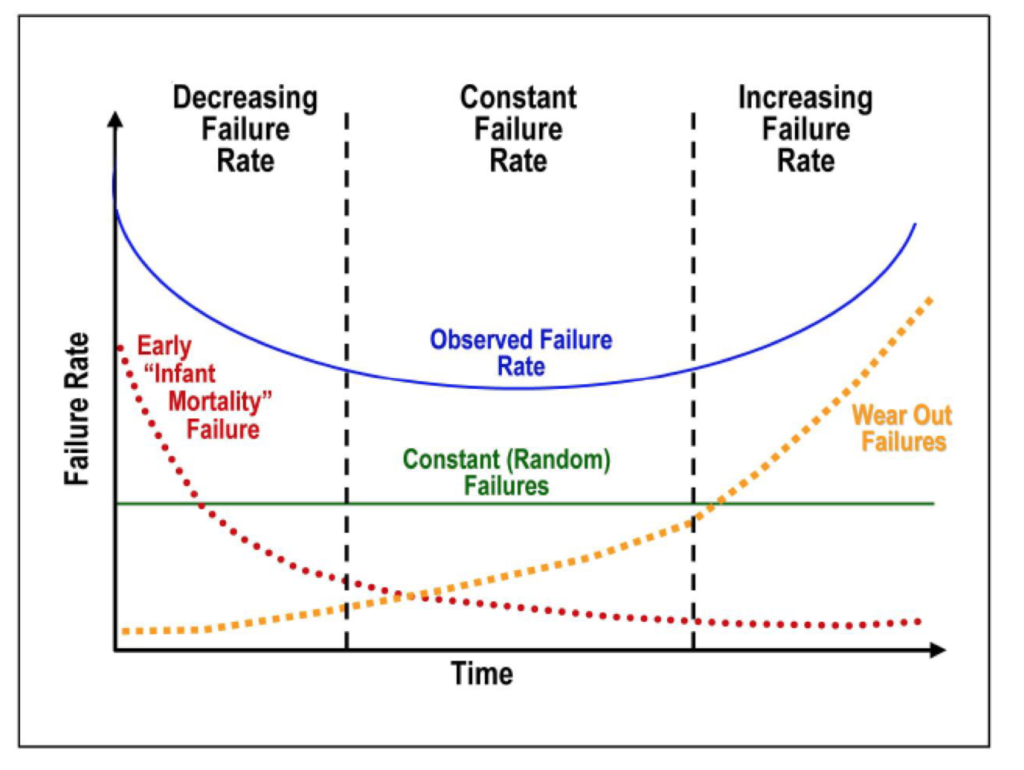Abstract
An overview of reliability engineering is presented here to serve as an introductory piece for some, or perhaps as a refresher. Much of the discussion here is general in coverage, and may suggest topics for further investigation.
The perspective here is at the electronic product or module level, which typically includes printed circuit board assemblies (PCBAs), power supply modules, software / firmware, product case, and user interface. The analytical and test tools discussed here are generally well suited for application to the electrical module or product hardware.
The intended audience here is the reliability engineer, or engineers wishing to go into that field. Another audience target may be the manager of that reliability engineering function, who wishes to learn more about the field of reliability engineering. The role of these persons is to promote the identification and completion of these reliability engineering tasks. They often act as the interface to other departments such as engineering, quality assurance, marketing, and manufacturing, so as to optimize the project activities related to reliability.
The goals of reliability engineering is to add value to the organization, reduce warranty costs, and satisfy customers, through the enhancement of product life. Activities include product analysis, product testing, failure analysis and reporting with recommendations.

Key words: reliability prediction, reliability engineering, MTBF, reliability test
